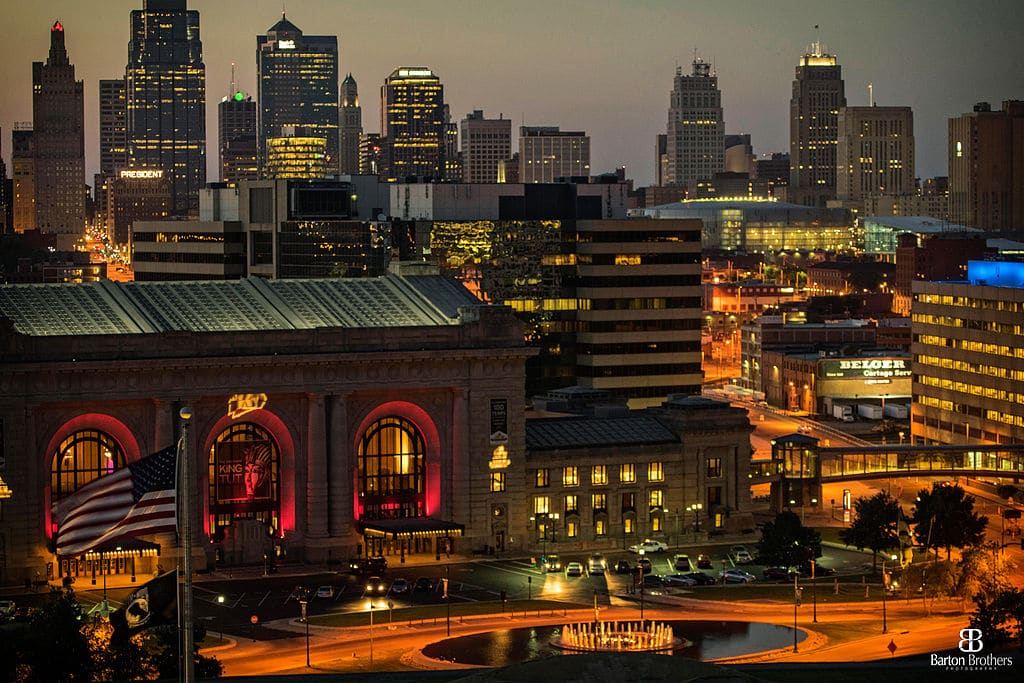Evergy said it plans to add 700 MW of utility-scale solar in Kansas and Missouri by 2024 as part of its integrated resource plan, which the utility filed with Missouri state utility regulators in late April and Kansas regulators in late May.
The plan calls for retiring 484 MW of coal-fired generating capacity in late 2023. And it said it will use a competitive contracting process to select projects for the planned 350 MW of solar capacity to be added in 2023 and 2024.
Through 2030, the utility said it plans to add 3,200 MW of renewable generation, including both solar and wind. It said this is an increase of 2,700 MW over its 2020 IRP update.
At the end of last year, solar, landfill, and hydroelectric sources lumped together made up less than 1% of the utility’s generating mix. Coal accounted for 37% and wind for around 25%. By 2030, solar is forecast to make up 13% of the utility’s resource mix. That grows to 17% by 2040, according to the IRP.
The Kansas filing includes the same forecasted generation additions and retirements announced in April. Evergy said its move toward more sustainable energy sources advances the goal to reduce carbon emissions 70% by 2030 (relative to 2005 levels) and achieve net-zero carbon emissions by 2045. Achieving those goals will depend on technology, regulatory, and legislative enablers, it said.
The utility identified additional coal-fired capacity that is slated for retirement by 2040:
- Lake Road unit 4/6 in late 2024 (97 MW)
- Jeffrey unit 3 in 2030 (669 MW)
- La Cygne unit 1 in 2032 (746 MW)
- La Cygne unit 2 (662 MW), Jeffrey units 1 and 2 (1,335 MW), and Iatan unit 1 (616 MW) in 2039.
Evergy said it expects its coal plants will run fewer hours as their energy is displaced by lower-cost renewable resources. However, it said that reliability challenges driven by the extreme weather of February 2021 “demonstrated the value of dispatchable generation with fuel on the ground.”
The utility’s IRP is a triennial filing that sets an implementation plan through 2024 and describes expectations for meeting longer-term energy needs through 2040. Evergy serves around 1.6 million customers in Kansas and Missouri.
This content is protected by copyright and may not be reused. If you want to cooperate with us and would like to reuse some of our content, please contact: editors@pv-magazine.com.









By submitting this form you agree to pv magazine using your data for the purposes of publishing your comment.
Your personal data will only be disclosed or otherwise transmitted to third parties for the purposes of spam filtering or if this is necessary for technical maintenance of the website. Any other transfer to third parties will not take place unless this is justified on the basis of applicable data protection regulations or if pv magazine is legally obliged to do so.
You may revoke this consent at any time with effect for the future, in which case your personal data will be deleted immediately. Otherwise, your data will be deleted if pv magazine has processed your request or the purpose of data storage is fulfilled.
Further information on data privacy can be found in our Data Protection Policy.